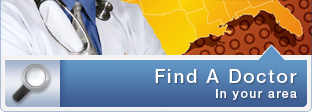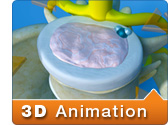 |
Non Surgical Spinal Decompression Therapy |
 |
 |
 |
The treatment is very effective at treating pinched nerves, bulging discs, herniated discs, sciatica, degenerative disc disease, leg pain and facet syndrome. Learn more. |
 |
 |
 |
 |
 |
 |
 |
Spinal Decompression |
 |
 |
| |
Overtime the discs of the spine may deteriorate, bulge or herniate. A Disc herniation can occur in any disc of the spine, but the most common form is a lumbar disc herniation.
Symptoms of a herniated disc can vary depending on the location of the herniation and the type of soft tissue involved. In many cases severe and unrelenting pain will radiate into the region served by an affected nerve root that is irritated or impinged by the herniated material.
Spinal decompression gently pulls the vertebral joints apart.
It is believed this precise process produces a negative pressure inside the disc causing any herniated material to slowly recede away from the effected nerve root and back into the disc.
It is also believed through this process the disc is rehydrated, aiding in its restoration. View animation. |
|
 |
About Decompression Clinics Patient Testimonials |
 |
| Patient testimonials can be very accurate and informative if they are actual patients and not actors. All testimonials we provide are based on the patients experiences with this pain relieving treatment. View testimonials. |
 |
 |
 |
Spinal Decompression Requires Specialized Equipment |
 |
Patients are fitted with a support system then positioned on a comfortable spinal decompression table. The purpose of the support system is to stabilize the patients body.
An advanced computer system elongates the spine in a slow, gentle manner in order to relieve pressure on compressed discs.
The procedure is virtually painless and many patients experience such a relaxing sensation they have actually been known to fall asleep on the table. |
 |
|







